Entry Category: Architecture
El Dorado High School Gym
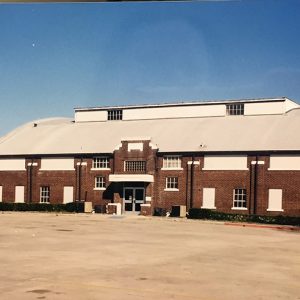 El Dorado High School Gym
El Dorado High School Gym
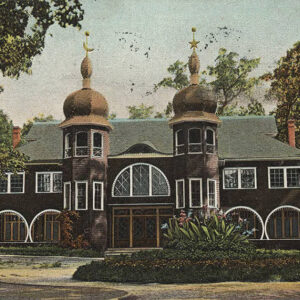 Electric Park Pavilion
Electric Park Pavilion
Elkhorn Tavern
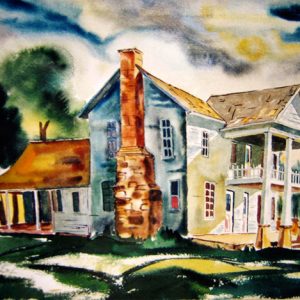 Elkhorn Tavern
Elkhorn Tavern
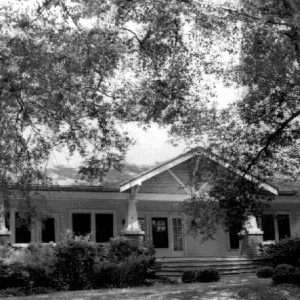 Elliott House
Elliott House
 Elliott House
Elliott House
Elliott House
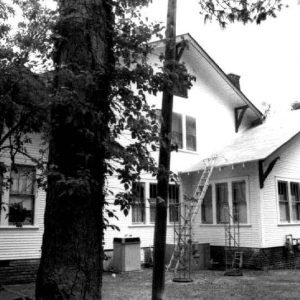 Elliott House Rear View
Elliott House Rear View
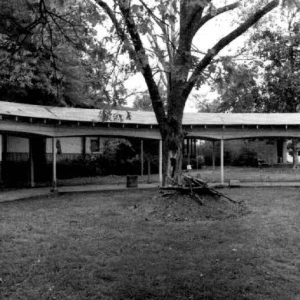 Elliott House Walkway
Elliott House Walkway
Ellis and Charlotte Williamson House
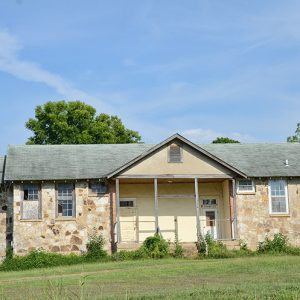 Eros School Building
Eros School Building
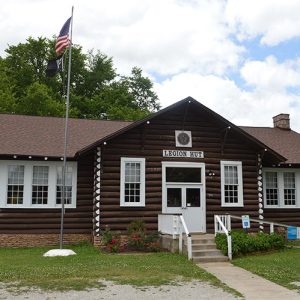 Estes-Williams American Legion Hut 61
Estes-Williams American Legion Hut 61
Estes-Williams American Legion Hut 61
 Estevan Hall
Estevan Hall
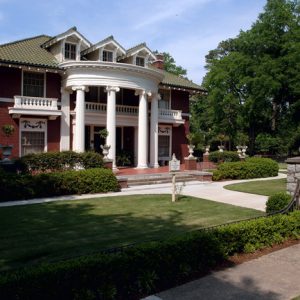 F. O. Rogers House
F. O. Rogers House
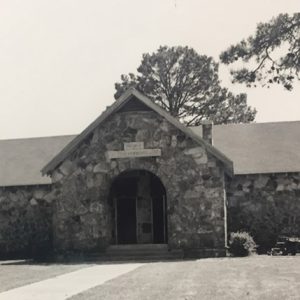 Fair View School
Fair View School
Faulkner County Courthouse
Ferguson House (Pine Bluff)
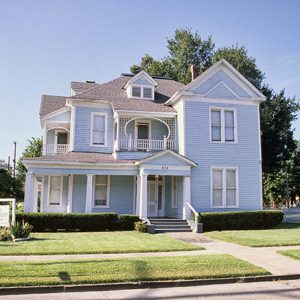 Ferguson House
Ferguson House
Ficklin-Imboden Log House
 Ficklin-Imboden Log House
Ficklin-Imboden Log House
Fielder House
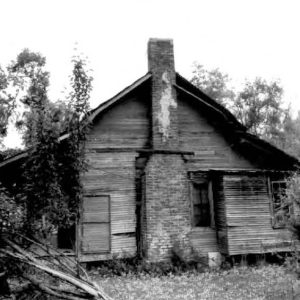 Fielder House
Fielder House
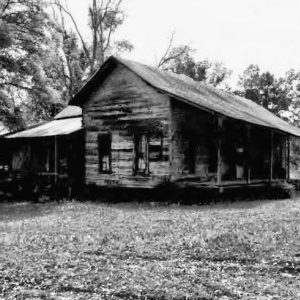 Fielder House
Fielder House
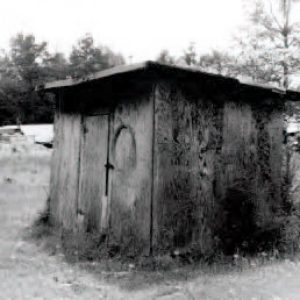 Fielder House Outbuilding
Fielder House Outbuilding
 Fielder House Side
Fielder House Side
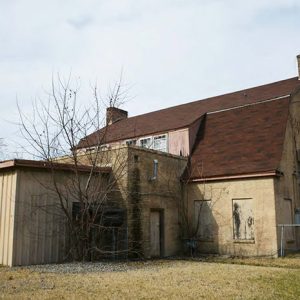 Fire Station No. 9 Rear View
Fire Station No. 9 Rear View
 Fire Station No. 9 Side Entrance
Fire Station No. 9 Side Entrance
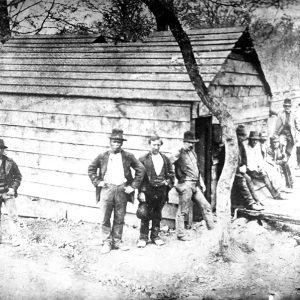 First Free Bathhouse
First Free Bathhouse
First Hotze House
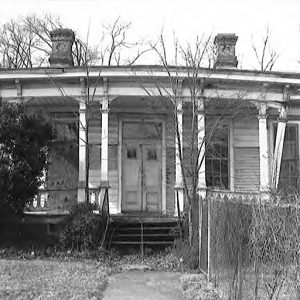 First Hotze House
First Hotze House
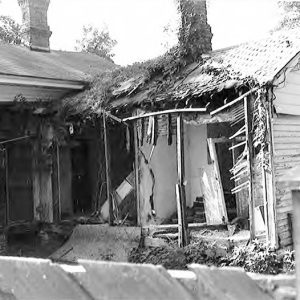 First Hotze House
First Hotze House
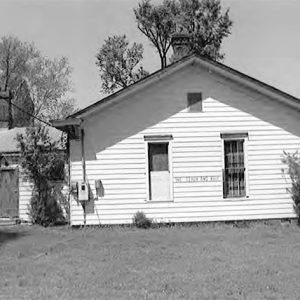 First Hotze House
First Hotze House
First Presbyterian Church (Fordyce)
 First Presbyterian Church (Fordyce)
First Presbyterian Church (Fordyce)
First United Methodist Church (Fordyce)
Fitzgerald Station and Farmstead
Flanagin Law Office
Florence Crittenton Home
 Florence Crittenton Home Story
Florence Crittenton Home Story
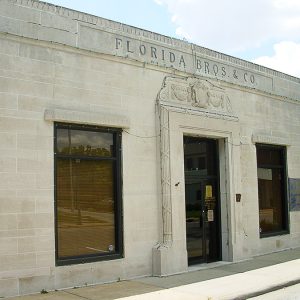 Florida Brothers Building
Florida Brothers Building
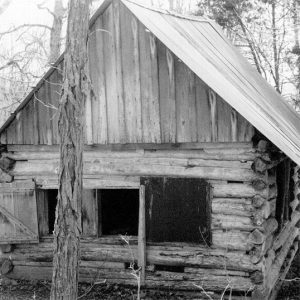 Flowers Cabin
Flowers Cabin
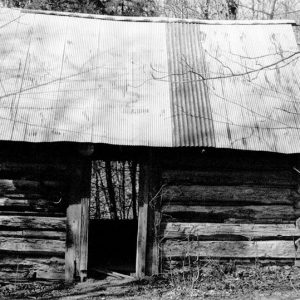 Flowers Cabin Entrance
Flowers Cabin Entrance
 Flowers Cabin Side View
Flowers Cabin Side View
 Flowers Cabin Windows
Flowers Cabin Windows
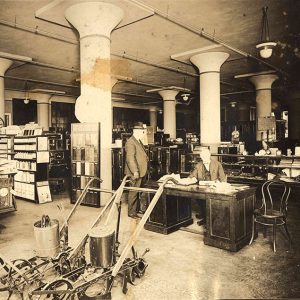 Fones Brothers Building
Fones Brothers Building
 Fones Brothers Building
Fones Brothers Building




